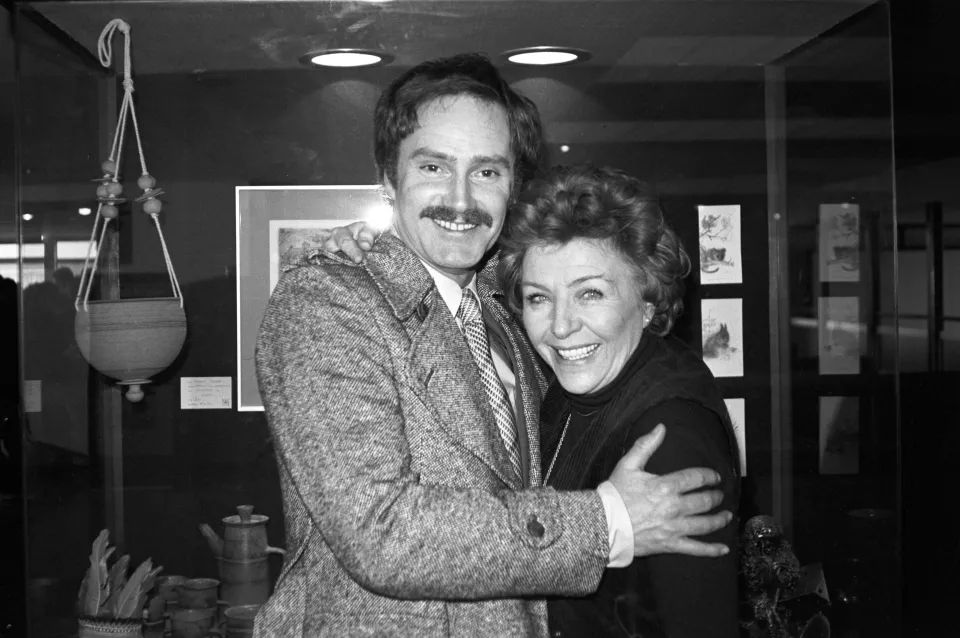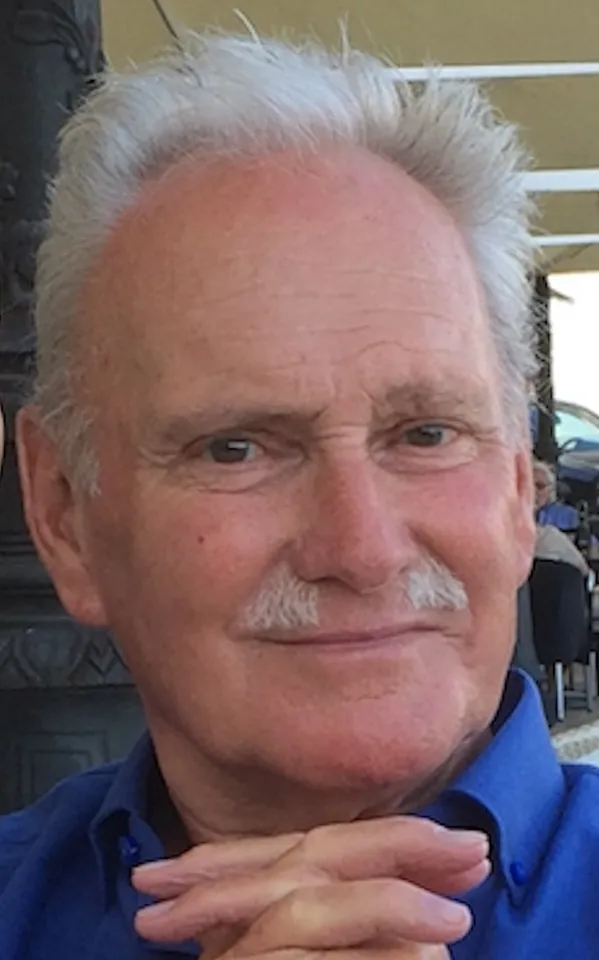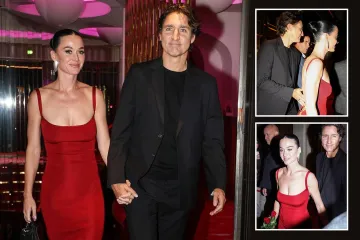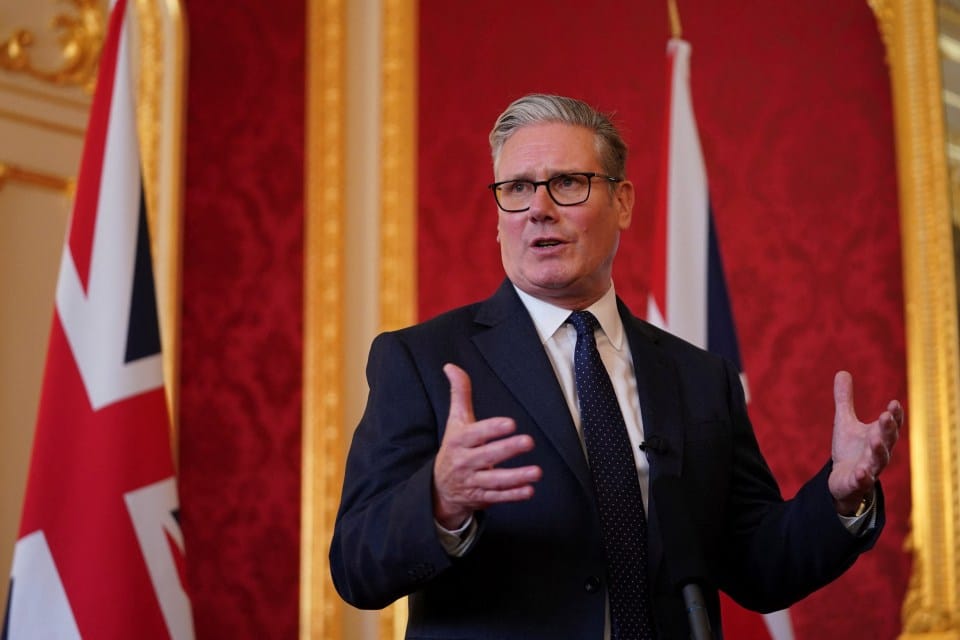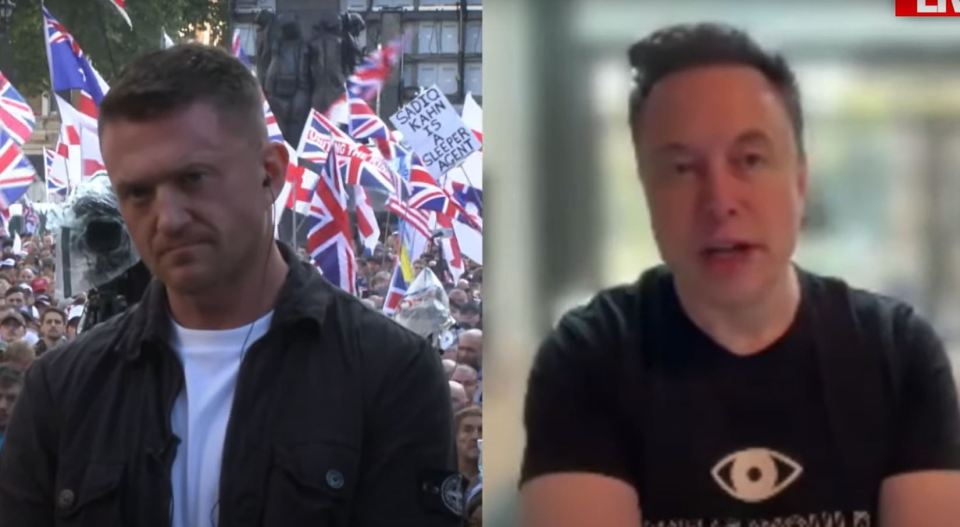Banks At The Crossroads | Global Finance Magazine
Strengthened by recent profits, global banks enter a new phase defined by falling rates, political volatility, and the disruptive promise of AI.
Banks’ most basic job is to be a safe haven in a turbulent world. That turbulence is increasing.
Even so, the industry enters this uncertain period from a position of relative strength, buoyed by recent profits and a growing belief that artificial intelligence could unlock the next wave of efficiency and growth. Yet, this strong foundation now faces significant headwinds.
In recent years, rising interest rates have delivered wider margins and fatter profits for banks across much of the world. Now, however, rates are falling again. Meanwhile, US President Donald Trump is upending trade relations in the world’s largest economy, spreading uncertainty that could constrain credit appetite everywhere. In addition, China, the world’s second-largest economy, is stuck in a cycle of overproduction and underconsumption that its leaders appear unable to address.
Compounding these external challenges, nonbank lenders continue to seize market share—from corporate buyouts to family mortgages. Meanwhile, nonbank payment systems—ranging from stablecoins to sovereign digital currencies—provide alternatives to traditional interbank networks.
“We are living in a multi-shock world,” says Sean Viergutz, banking and capital markets advisory leader at consultant PwC.

Beyond these outside disruptions, the biggest shock of all is coming from within: AI. Bank managers are now rushing to apply Silicon Valley’s new magic to their back offices and, to some extent, client relations, showing an intensity that overshadows external concerns.
“AI is top of mind in almost every meeting out there,” says Amit Vora, Head of Sales – Regional Banks and Asset Managers, Crisil Intergal IQ, a division of Crisil (majority owned by S&P Global). “It’s part of the banking vocabulary more than risk and credit today.”
Rewards in the AI race are still some way off, cautions Alexandra Mousavizadeh, co-founder of Evident, a London-based consultant that tracks AI adoption in financial services. Revolutionary “agentic AI” systems are expected to come online only in 2028, though the tools are still evolving. Nevertheless, banks have little choice but to push forward, drawn by AI’s potential to cut costs and sharpen competitiveness. This transformative impact is driving major organizational changes.
“Once this hits the bottom line, the gap between leaders and laggards will become very clear,” Mousavizadeh forecasts.
Profits Up, Rates And Regs Down
Luckily, the last few years have left the industry with solid buffers against multiple shocks. Revenue at the 25 largest global banks jumped 9% in 2024. The biggest banks in the US and Europe—JPMorgan Chase and HSBC, respectively—both raked in record profits. And Europe has seen a banking renaissance since post-pandemic inflation forced the European Central Bank to raise rates after a decade of near-zero rates.
“We’ve been busy upgrading banks for years,” says Giles Edwards, sector lead for European financial institutions at S&P Global Ratings. “Things look OK from a fundamental credit perspective.”
The ECB has slashed its key rate in half to 2% since mid-2024. Banks can live with that, says Johann Scholtz, European bank analyst at Morningstar.
“There will be some pressure on net interest income, but I don’t think margins will collapse,” he predicts. The US Federal Reserve has cut rates by 125 basis points to 4.25% since August 2024. More rate cuts are expected this year.
Japan, the fourth-largest economy, is going the other way. The Bank of Japan shifted from negative rates to 0.5%. The economy returned to growth in 2024 after a recession. Markets expect the benchmark rate to reach 1% in 2026.
All of which is good news for banks, at least the big ones based in Tokyo, says Nana Otsuki, a senior fellow at Pictet Asset Management. “Broadly speaking, the banks are in good shape,” she says.
The global regulatory storm unleashed after the 2008 financial crisis is finally ebbing, if not reversing. European authorities are talking up “simplification” of oversight across industries. And the Trump administration is philosophically committed to deregulation, although specifics are rolling out more slowly than the industry might like.
“This could be the biggest period in regulatory change since the global financial crisis, but we need the fine print,”
Brendan Browne, Edwards’ counterpart for US banks at S&P Global
Writ large, governments have stopped being a major headwind—or headache—for bankers, for the moment. “There’s a certain optimism that we have turned the corner,” Vora says. “Banks can look away from regulatory concerns to internal projects that improve profitability.”
Growth Shaky But AI May Help
What’s not looking great for banks is the outlook for growth. On the positive side, the global economy is so far holding up better than expected in the face of Trump’s tariff onslaught.
“All signs point to a world economy that has generally withstood acute strains from multiple shocks,” Kristalina Georgieva, managing director of the International Monetary Fund, said at the IMF’s annual meeting in October. But bank lending is concentrated in big corporations, which are more exposed to trade disruptions. In emerging markets, consumer credit is less developed and now faces competition from online neobanks.
“We are having a lot of conversations about finding better methods to deal with macroeconomic stress,” Vora says.
European financiers see “no real source of growth,” adds Morningstar’s Scholtz.
The US picture is more dynamic. Commercial bank credit climbed 5% from January to October, the Fed reports. But much, if not most, of that increase came from lending to private credit funds, whose opaque operations could pose as much risk as reward.
The dangers appeared in the recent bankruptcy of Texas-based auto parts maker First Brands. The company used billions in off-balance-sheet financing from private credit firms like BlackRock and Jefferies. This could signal more trouble ahead. Non-bank financial institutions(NBFIs) now make up about 10% of US banks’ loan books, notes S&P’s Browne.
“When something is growing that quickly, it’s going to raise some red flags, [with] questions about whether the banks understand it well enough,” he cautions.
The IMF added its own warning recently. “Banks’ growing exposures to NBFIs mean that adverse developments at these institutions could significantly affect banks’ capital ratios,” the multilateral watchdog found.
Even in China, the world’s most prodigious credit machine is sputtering, says Logan Wright, partner and head of China markets research at the Rhodium Group. State-owned banks there have long been obliged to support politically connected enterprises and roll over any loans that look shaky.
“China’s banks have been asked to weather the cost of quasi-fiscal lending for years,” Wright says. But Beijing’s anti-involution campaign, aimed at curbing industrial overproduction, has tapped the brakes on this process without exactly enforcing financial discipline. The result is a walking-wounded banking system, in sharp contrast to the burgeoning tech sector that has rekindled equity investors’ interest in China, Wright notes. Credit growth has hit historic lows. Banking profits fell last year and will likely fall again in 2025.
Systemic reform would put too many jobs at “zombie” companies at risk and dry up tax revenue for local governments. So, bankers limp on.
“Nothing in the short term looks threatening, but nothing in the long term looks sustainable”
Logan Wright, Rhodium Group
With revenue growth muted, bankers around the world have naturally turned to cost-cutting as the path to increased profit. Here, generative AI appears as a timely blessing.
With top-line expansion anemic, bankers around the world have naturally turned to cost-cutting as the path to increased profit. For that purpose, generative AI looks like a timely blessing. It’s not hard to see, in theory, how ChatGPT and its competitors could revolutionize a data-driven industry like finance, replacing expensive armies of human data analysts and manipulators, or, as consultants prefer to say, making their jobs more productive.
Evident’s Mousavizadeh cites one example: know-your-customer verifications for high-rolling clients, which “could take minutes or hours, not four months.” Other pipes in banks’ complex plumbing could likewise be massively automated, adds Vora, who rattles off “extracting data from loan agreements, analytical write-ups, credit memos, research notes.”
The revolution will not be quick or easy, however. “There’s a perception that AI is here and you can just plug it in,” Mousavizadeh says. “Nothing could be farther from the truth.”
Integrating AI into banking should not cost the massive investments envisioned by the hyperscalers battling to provide the underlying technology, says PwC’s Viergutz. But it will require “re-engineering business models front to back,” he says, rethinking essential processes that span geographies and layers of management.
The revolution will likely not be bloodless, either, as the banks that get AI right—and first—will eat their competitors’ lunch. With some exceptions, large banks with robust IT capabilities and the resources to attract AI talent stand to benefit the most, as effective AI use becomes a differentiator in profitability and growth.
Advantage should particularly accrue to large US banks, Mousavizadeh predicts. They have deeper pockets than their peers in Europe and elsewhere and can more easily poach the necessary brains from Silicon Valley.
“Rewiring requires specialized expertise, which is logical to pull in from tech companies,” she notes.
This year’s other front-page tech trend, digital assets, has so far had more limited relevance for banks. The category has rapidly gained legitimacy, particularly in the US, through Congress’s passage of the GENIUS Act, stablecoin issuer Circle’s $1 billion-plus OPI, and the president’s own $Trump meme coin. Demand for stablecoins and other digital instruments remains concentrated well beyond US shores, particularly in emerging markets, where people have historically used US cash in place of unstable domestic currencies and/or underdeveloped payment networks.
India, Nigeria, and Indonesia were the global Big Three for crypto transactions last year, according to researcher Chainalysis. “The extent of demand for stablecoins remains unclear in the US or Europe,” S&P’s Edwards says.
However, established banks are keenly interested in the blockchain technology that underpins digital assets, notes Biswarup Chatterjee, head of partnerships and innovation at Citigroup. Citi is seeing “very good adoption” of tokenized deposits, he notes, particularly from multinational corporations looking to link accounts around the world more seamlessly.
“Potentially no more having to send funds from New York on Friday evening to get them in time for use in Singapore on Monday morning,” he explains. “They can move money when and as they need it.”
Pioneered along with Bitcoin in 2009, blockchain networks are “converging around a few well-known protocols,” Chatterjee notes. “You’re almost able to see standard programming languages.”
Stage Set For Consolidation?
With no rising tide of growth to lift all boats, and ongoing technical shocks shaking some of the weaker craft, banking consolidation is expected to accelerate. In the US, home to more than 4,400 licensed banks, market pressures are getting an extra push from Washington, which has signaled more lenient antitrust regulation.
Fifth Third Bancorp, based in Cincinnati, fired what could be the opening gun last month, acquiring Texas-based Comerica in a transaction worth $11 billion to form the ninth-biggest US bank. More such deals could follow.
“The favorable regulatory landscape should drive consolidation,” Viergutz argues. “You could see one or two more deals of this scale.”
Japanese banks are showing an urge to merge for different reasons. Positive interest rates, after decades of deflation, are awakening ambitions to grab more customers and make more loans.
“In a world of interest rates, banks are eager to secure deposits to earn higher margins,”
Eiji Tanaguchi, senior economist at Japan Research Institute
An archipelago of 200 banks, many linked to shrinking rural communities, is under pressure as Tokyo increasingly dominates the national economy, Pictet’s Otsuki notes. “On a 10-year trend, Tokyo is absorbing almost all the new money,” she says. “Part of this is inheritance as the younger generation moves to the capital.”
Two deals this year—Gunma Bank merging with Daishi Hokuetsu Financial and Chiba Bank with Chiba Kogyo Bank—have already reshaped the regional banking landscape, although authorities seem less enthusiastic than across the Pacific.
“Support for consolidation is implicit, but not explicit,” Otsuki says.
Banking consolidation in Europe, by contrast, has stalled out.
Italy’s Unicredit tried to catalyze a long-anticipated wave of cross-border mergers last year with a raid on Germany’s Commerzbank, but a cold shoulder from Berlin prompted it to stop at a 26% shareholding. Unicredit CEO Andrea Orcel now says he hopes his target will “see the light over time.”
Other European governments are of a like mind with Germany’s lead, preferring insured deposits to stay in the hands of familiar national champions, Morningstar’s Scholtz says. “It’s really the same old story,” he says. “Governments have not been helpful.”
At the risk of a contradiction in terms, then, late 2025 is an exciting time to be a banker: so long as you are not a banker whose job is threatened by a bot or maybe running a private credit book. After years of adapting to stricter regulations and enduring near-zero interest rates, the industry has more of its destiny in its own hands and a firm balance sheet to pursue it.
“This period brings new opportunities for the sector,” Viergutz says. “Banks are becoming investible again. Profitability can go way up. I think it’s a win.”
For some, it probably does, and for others, much remains unclear.

